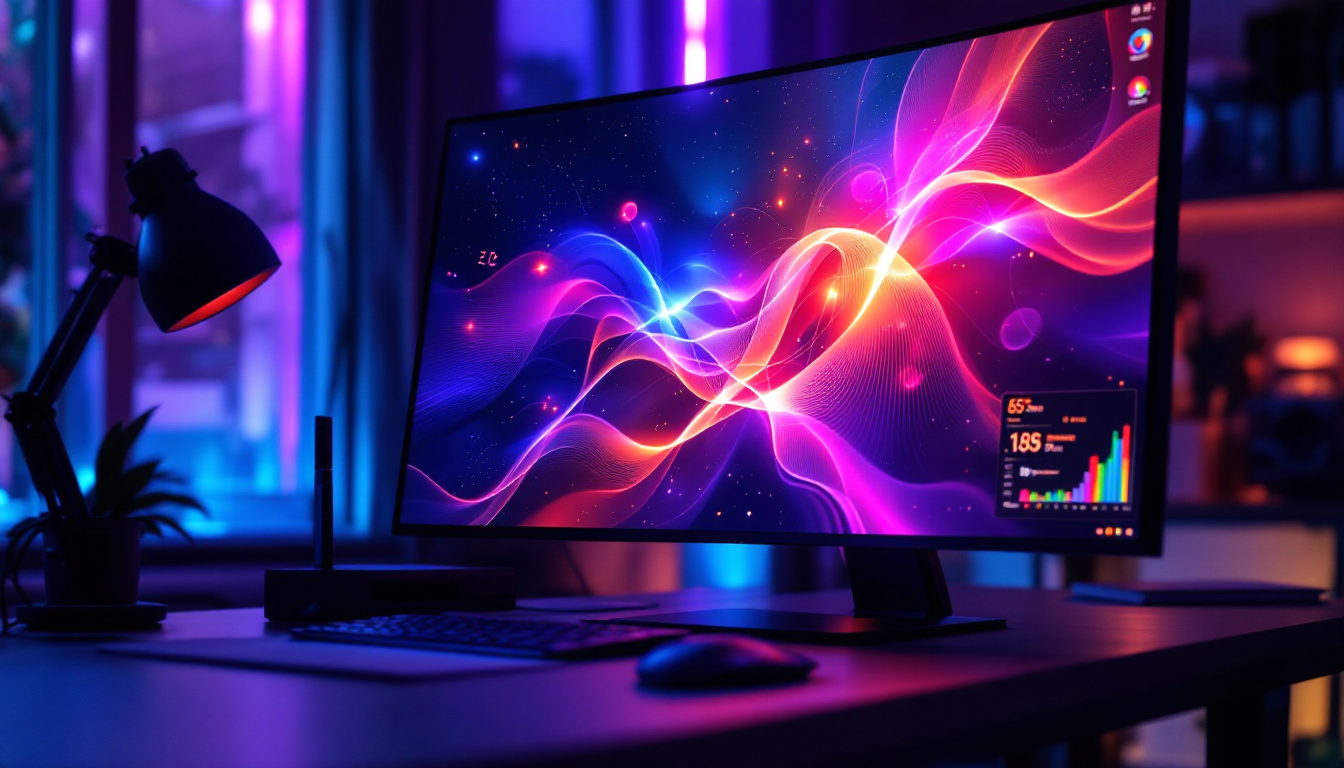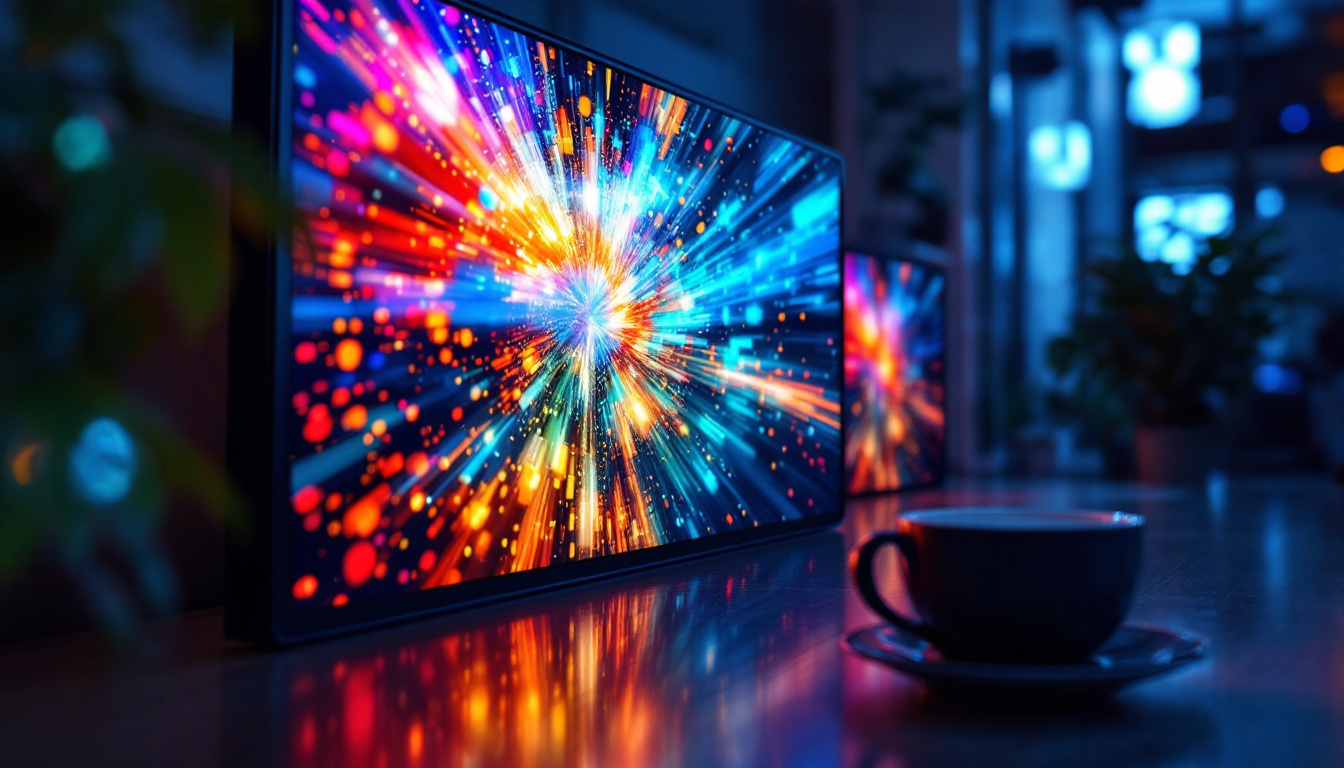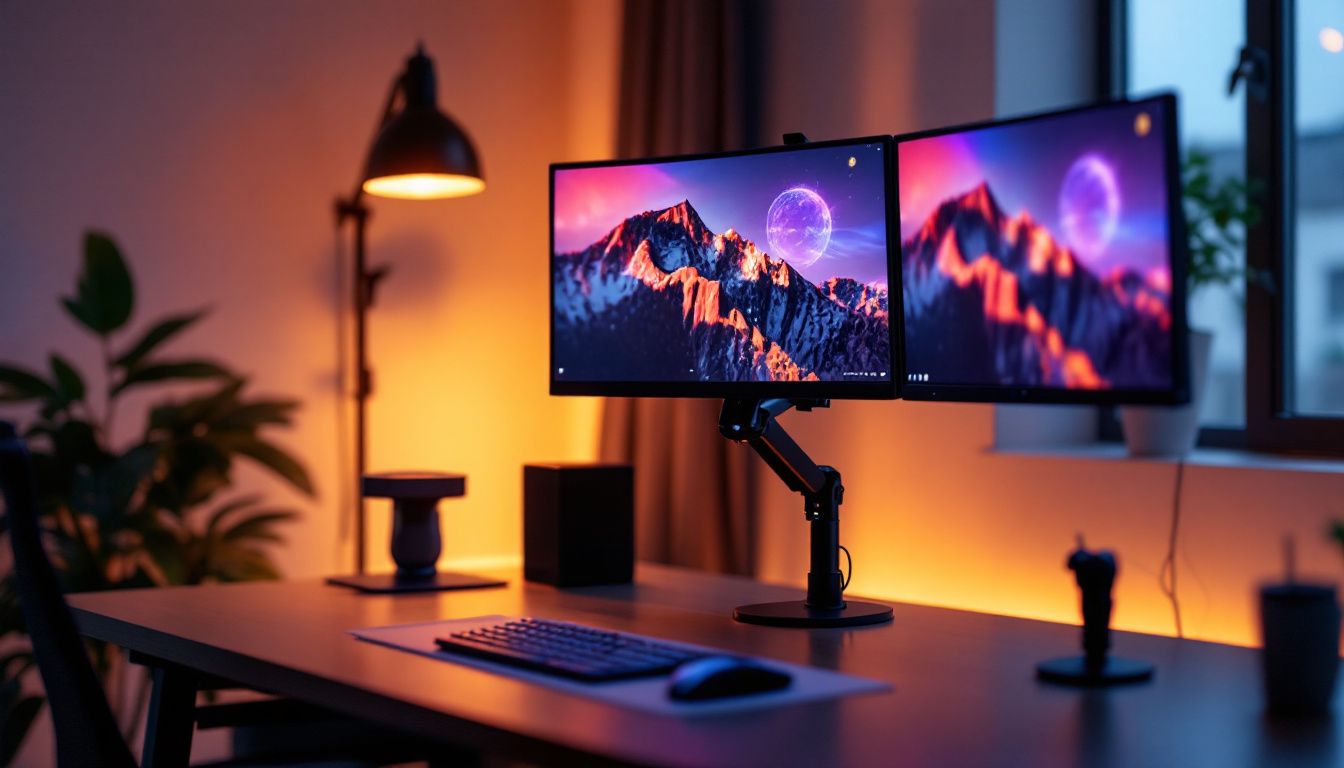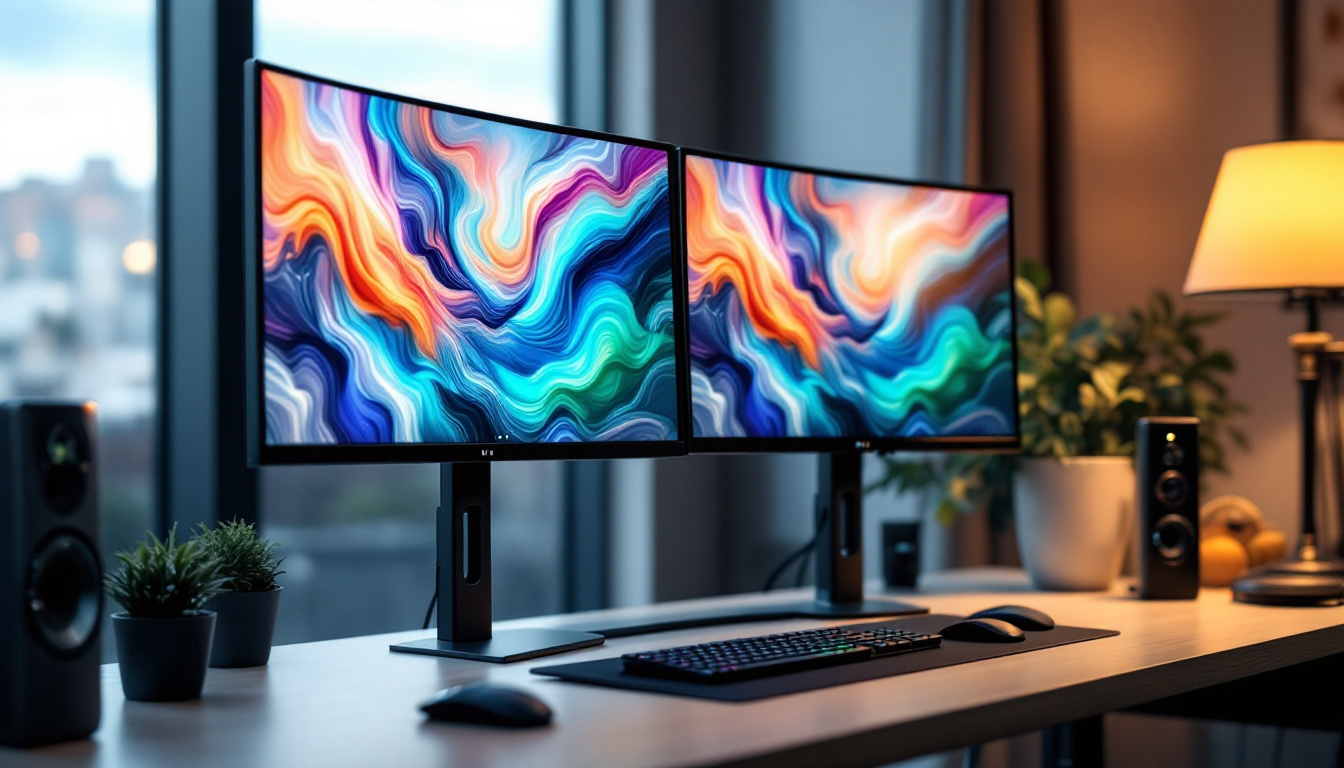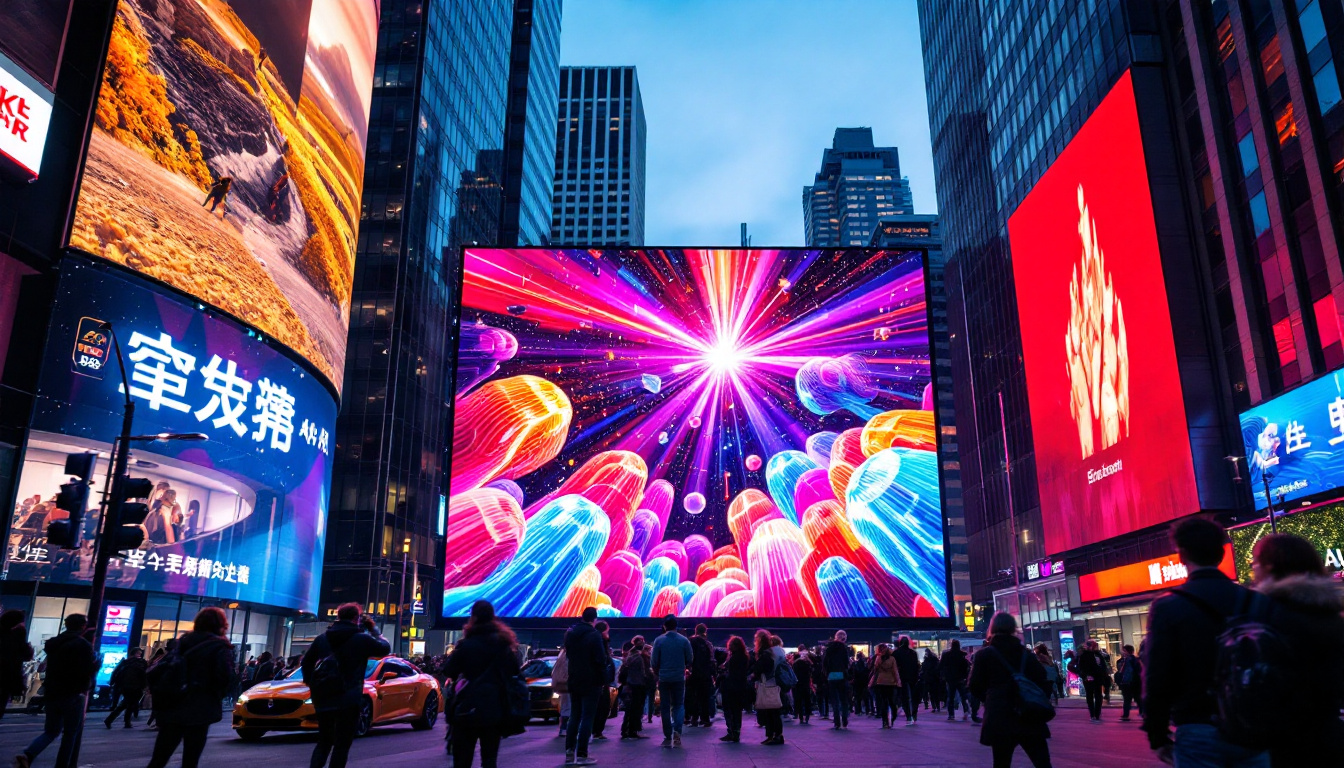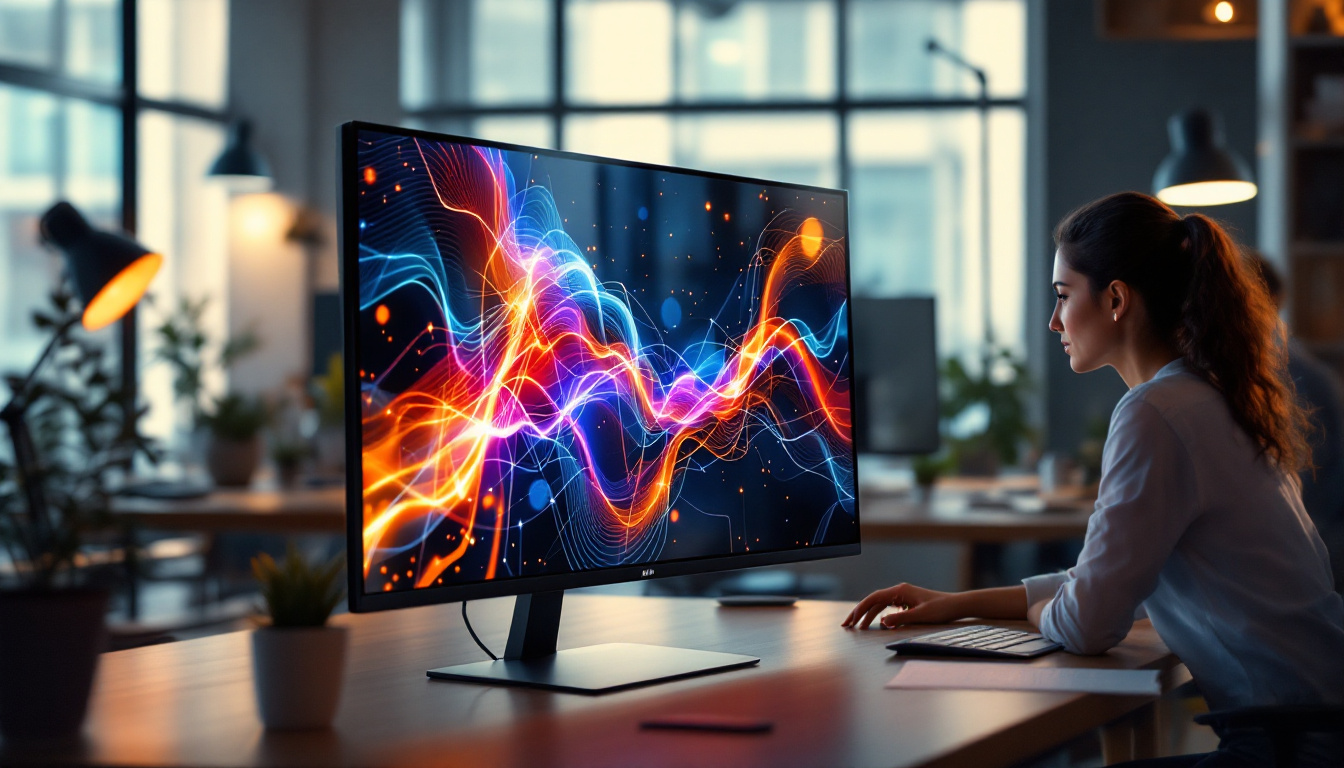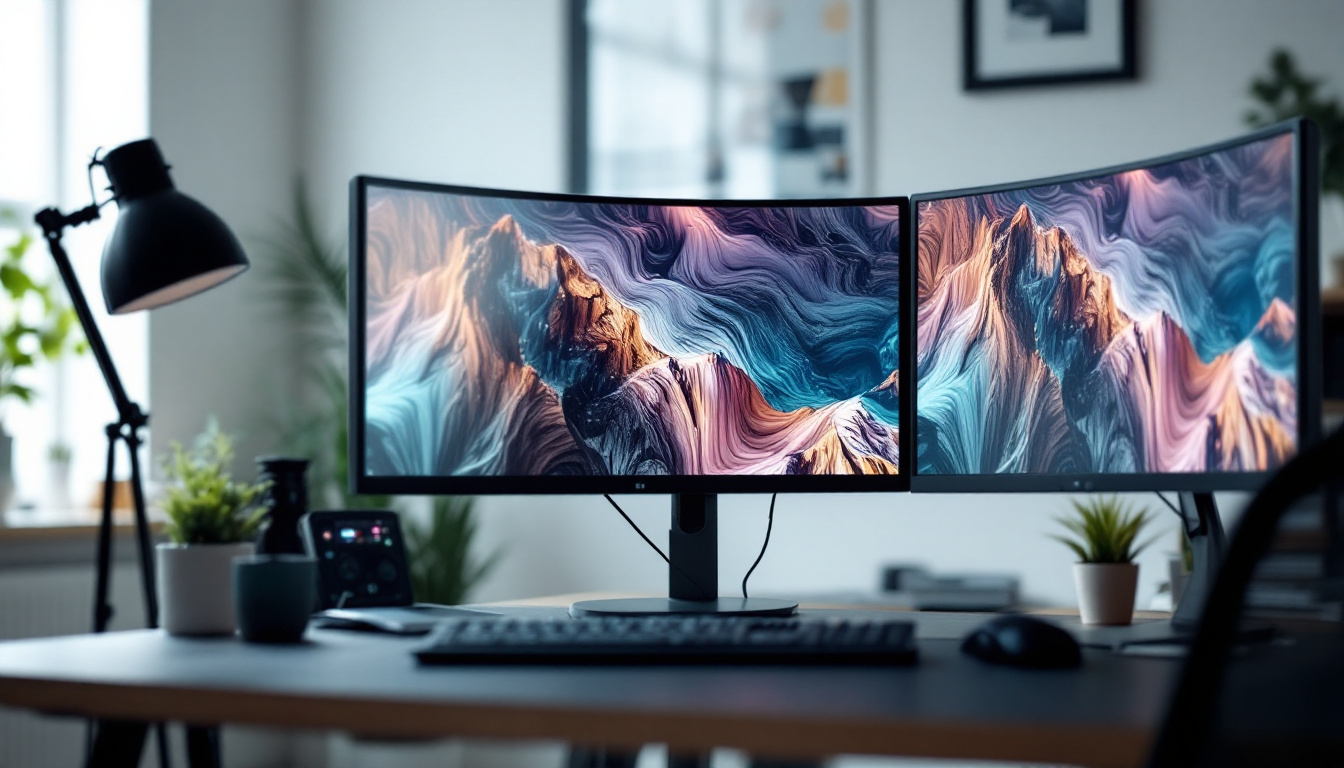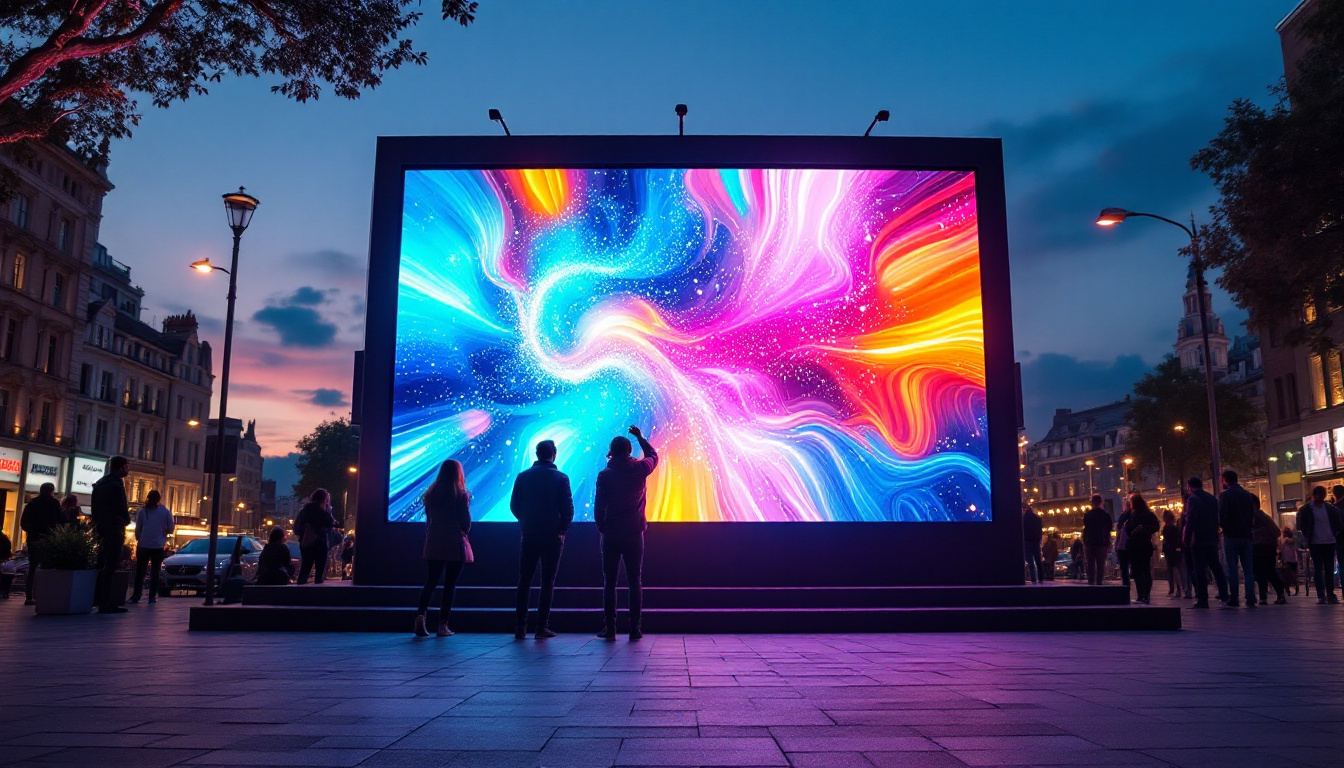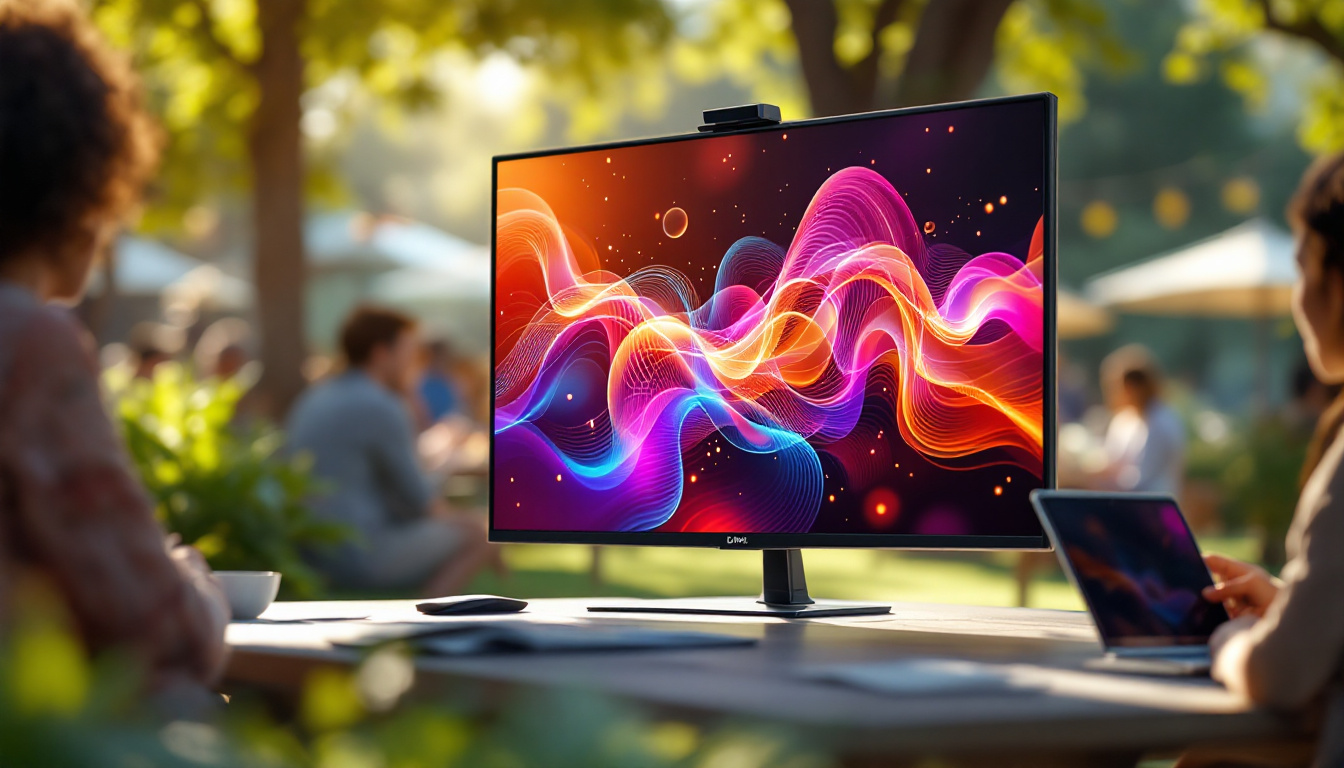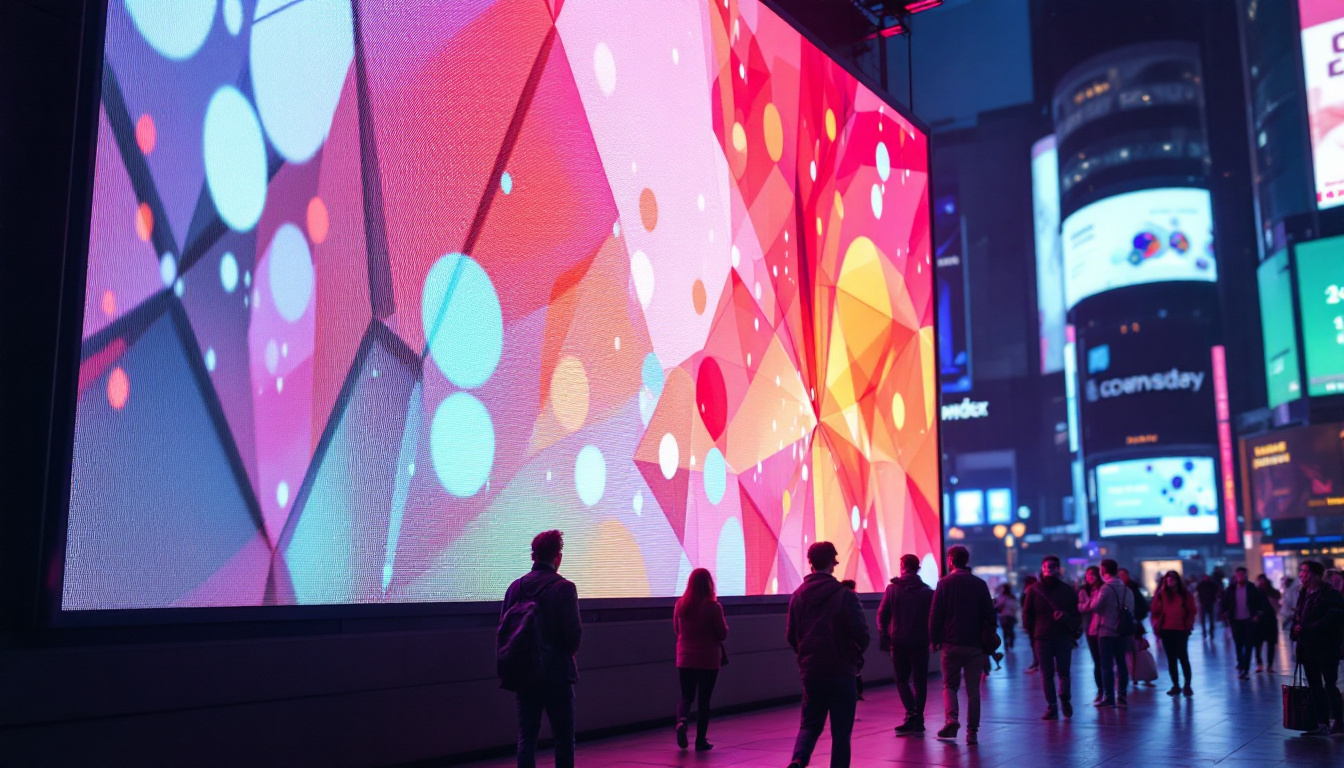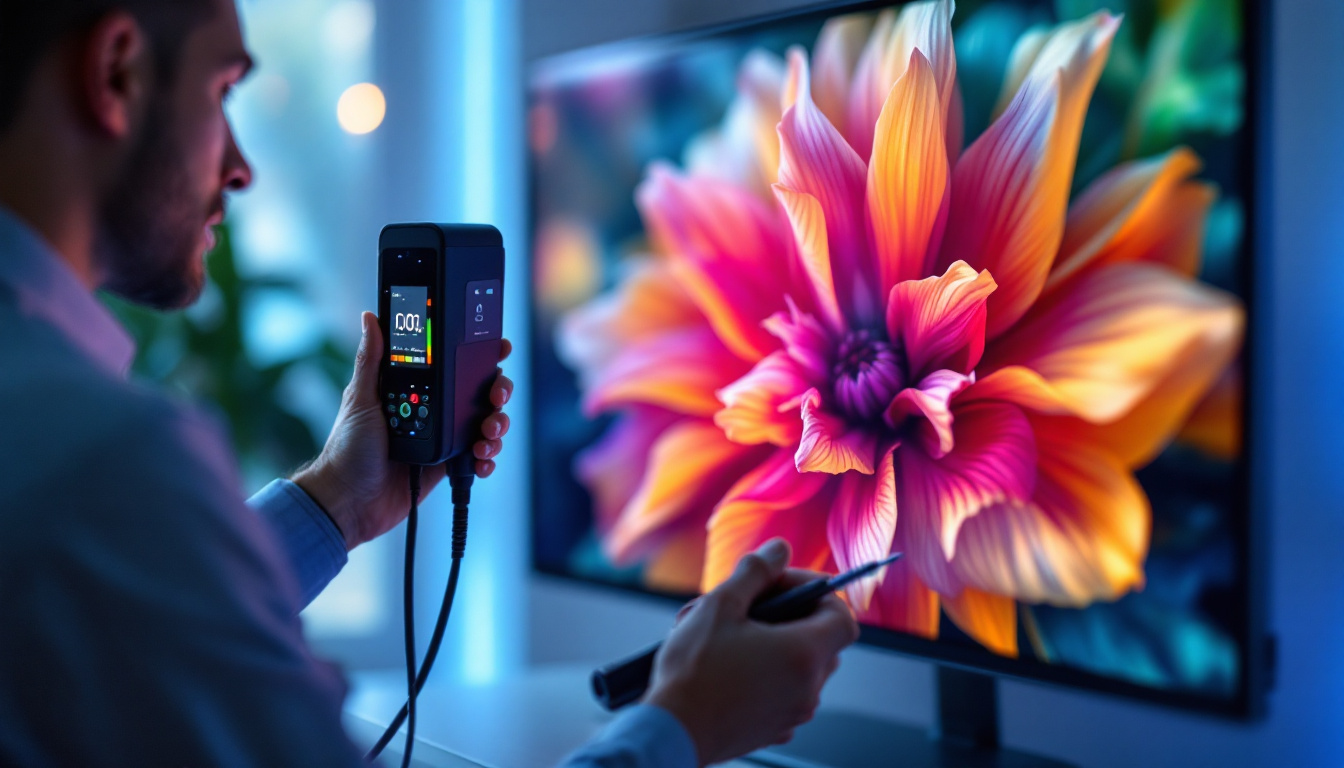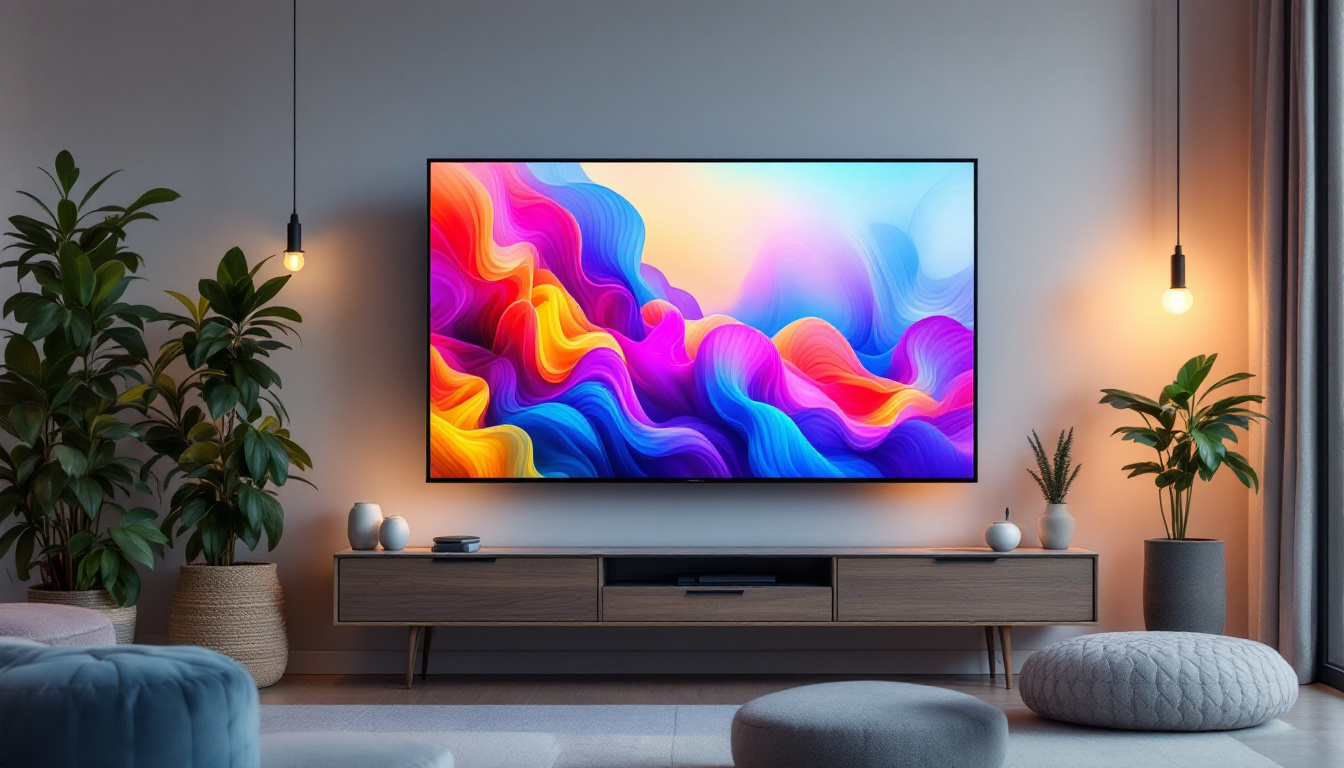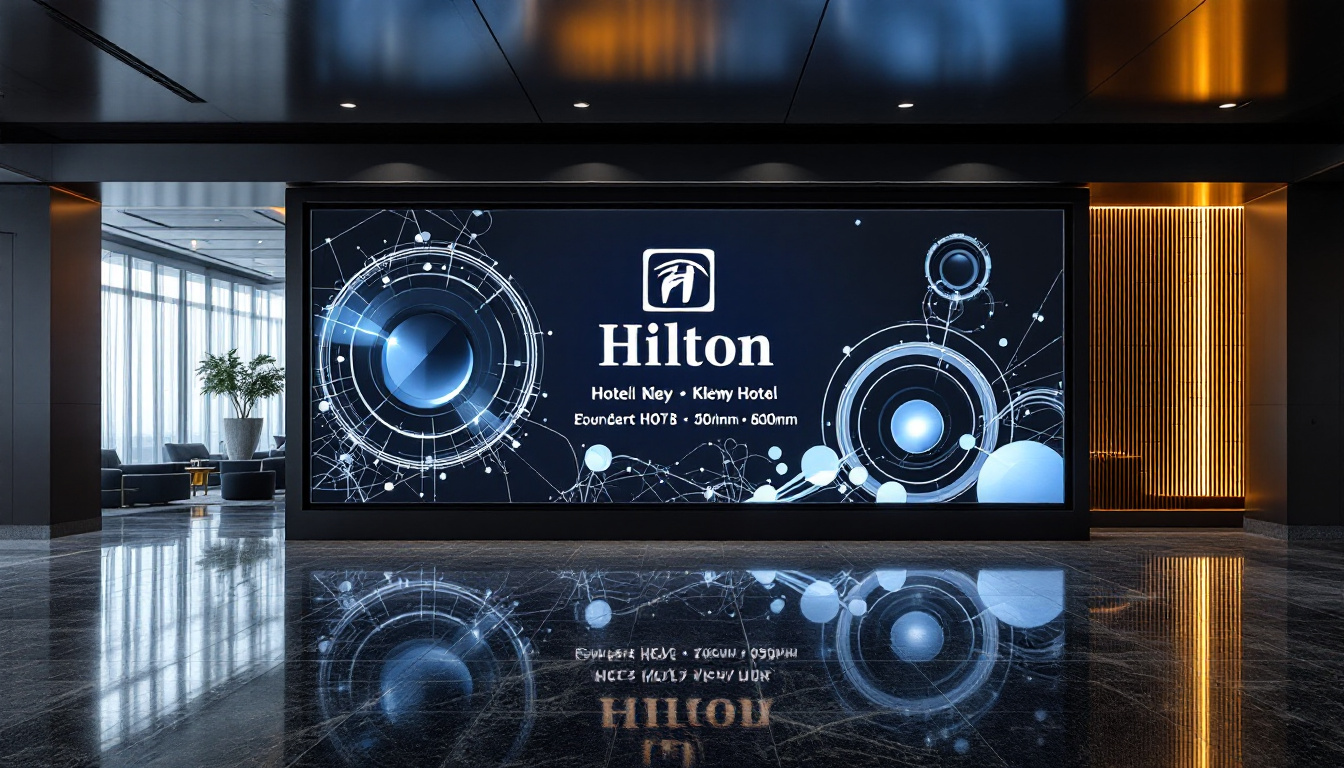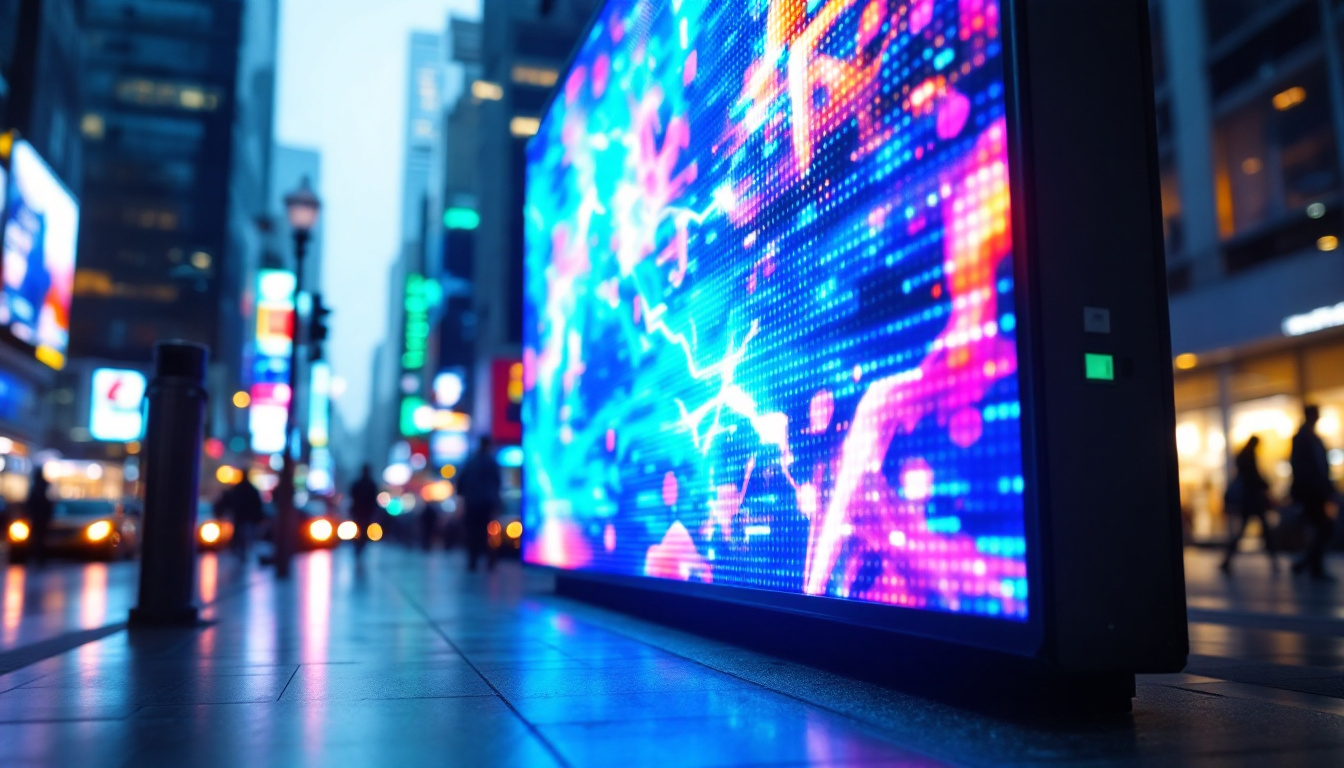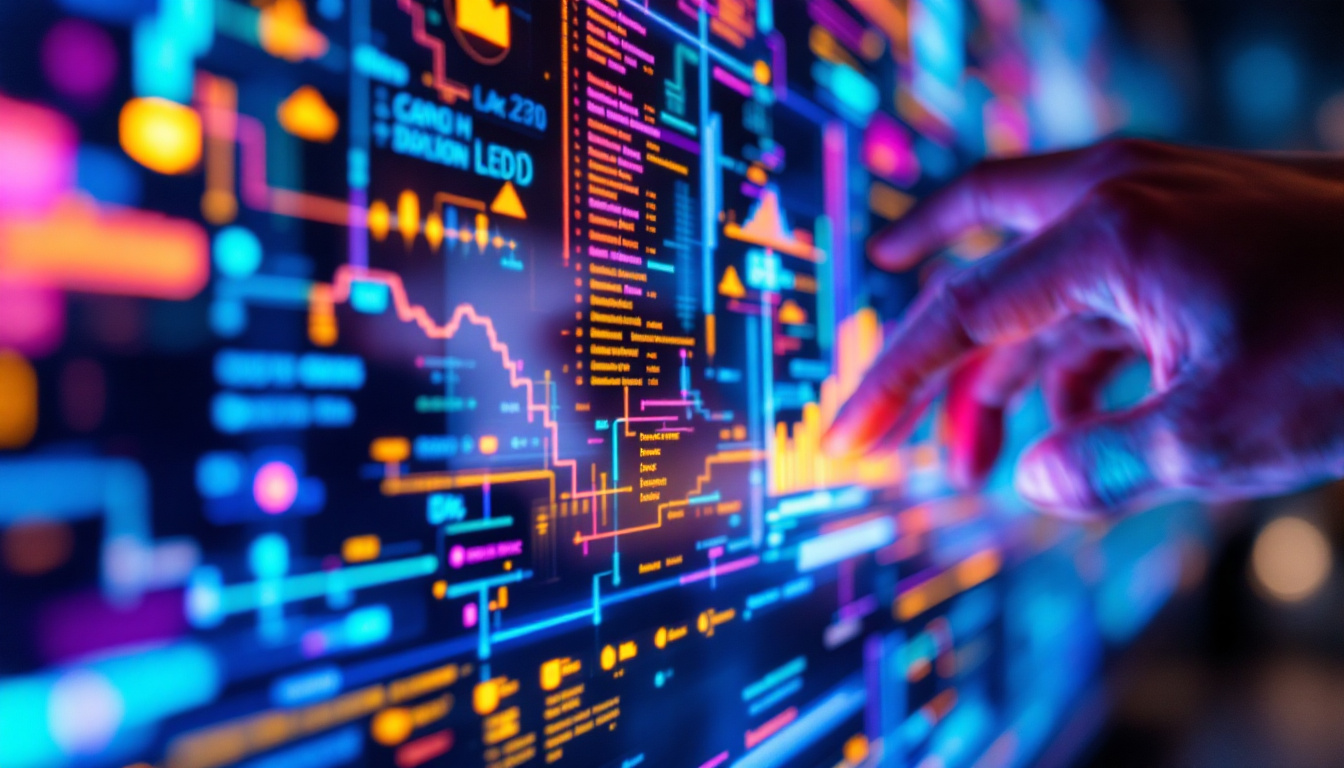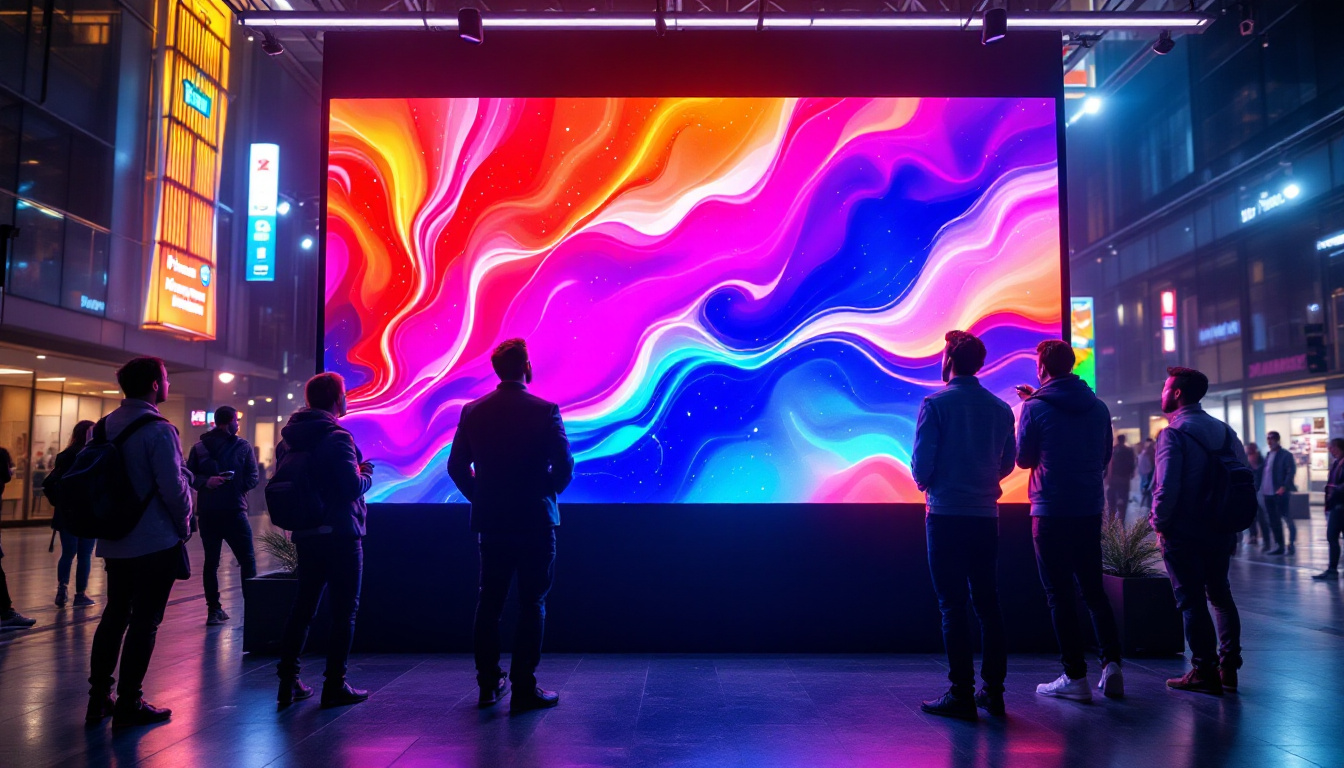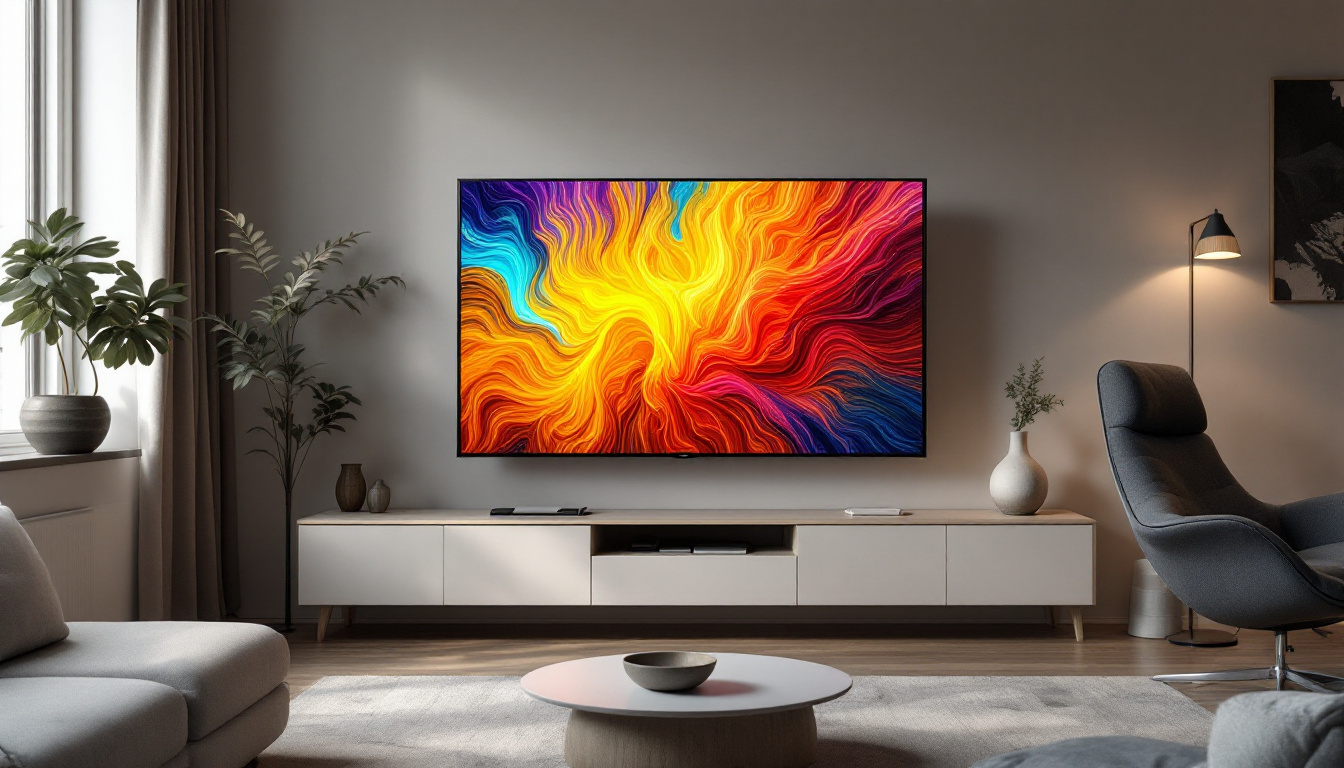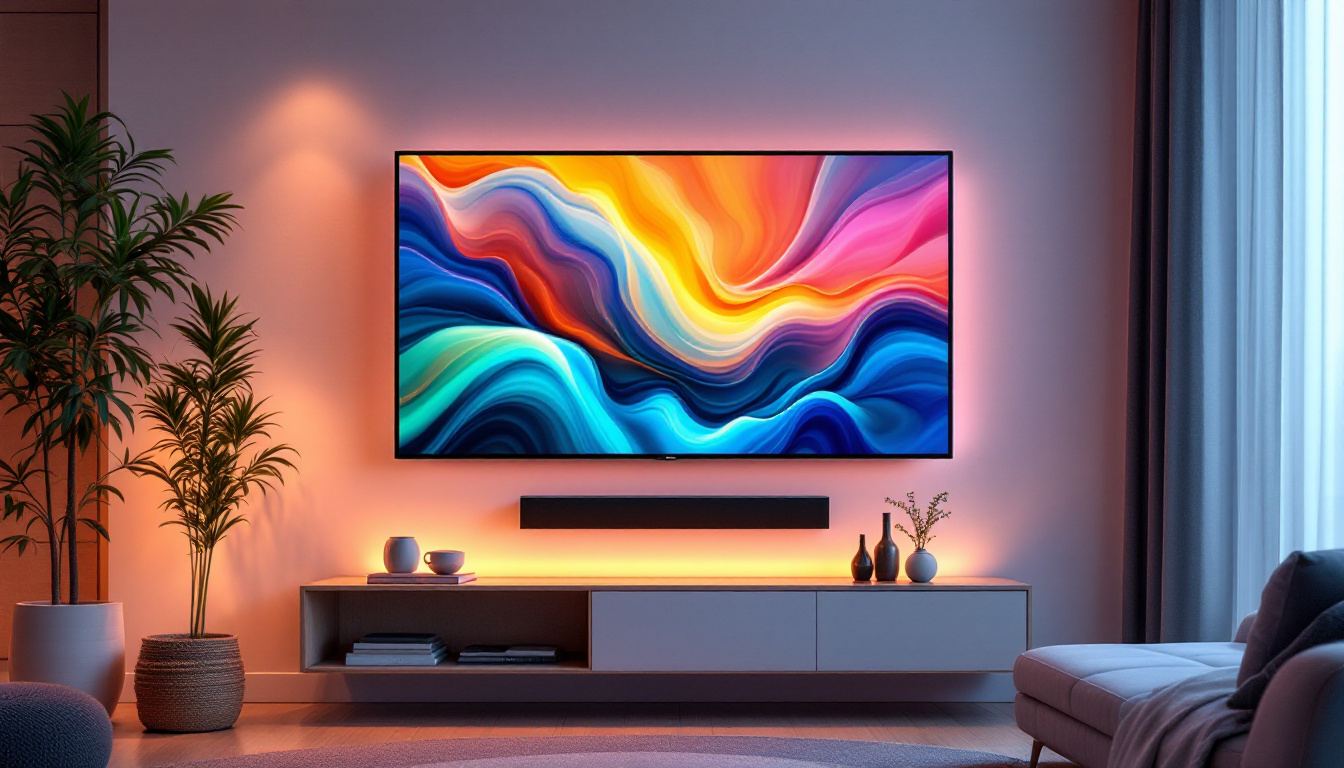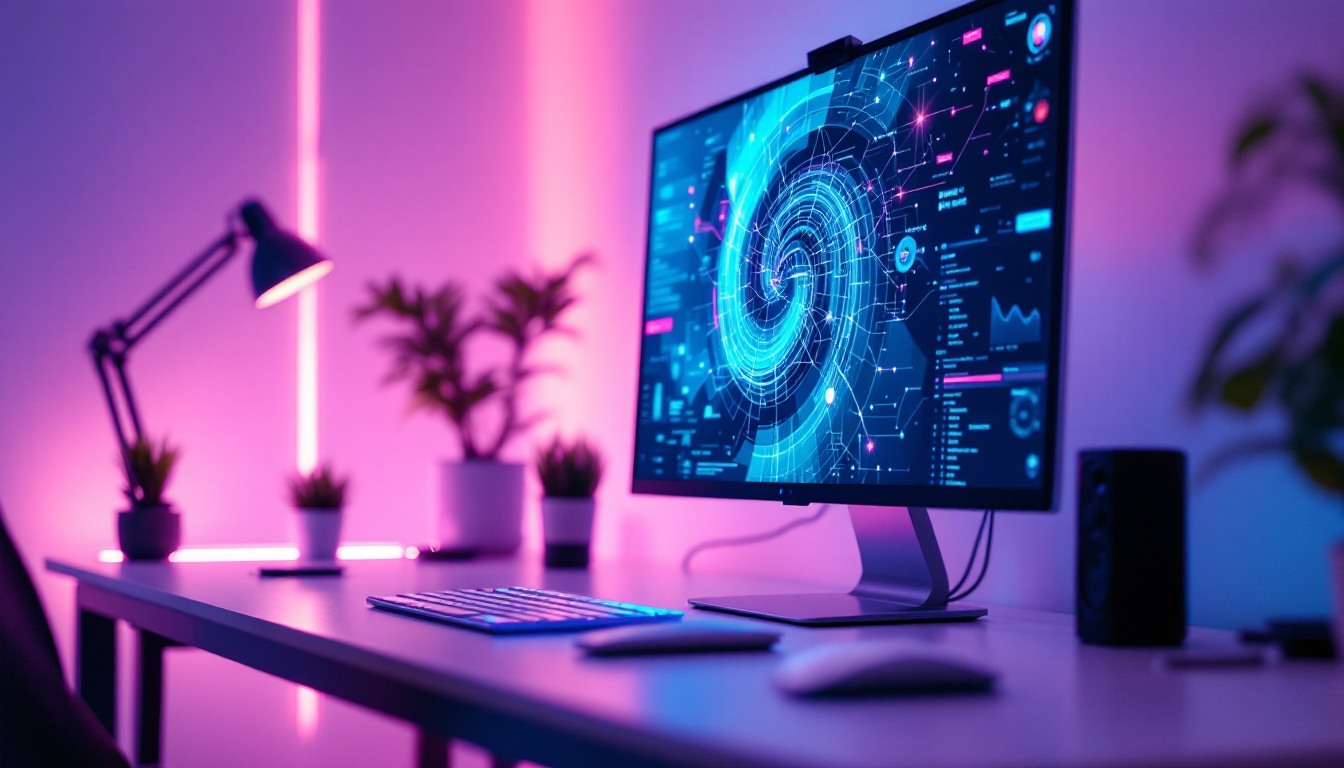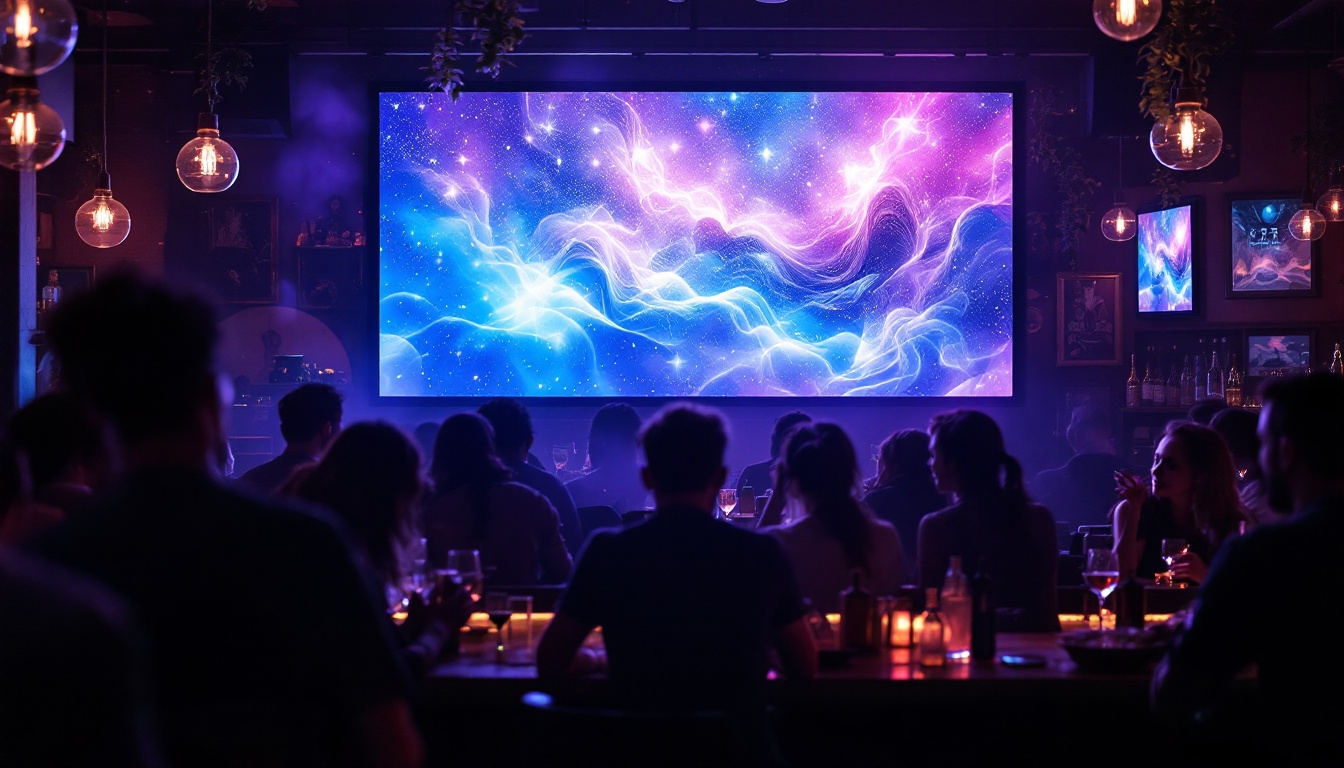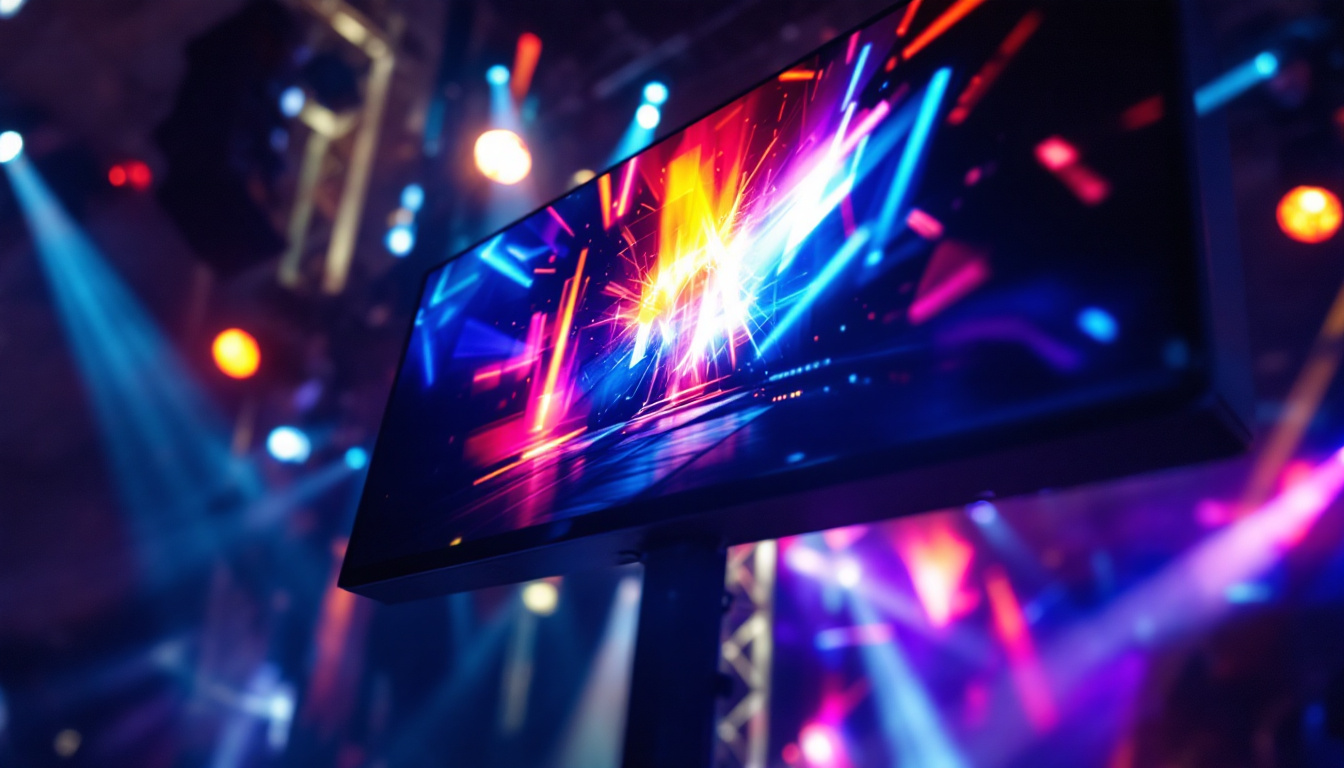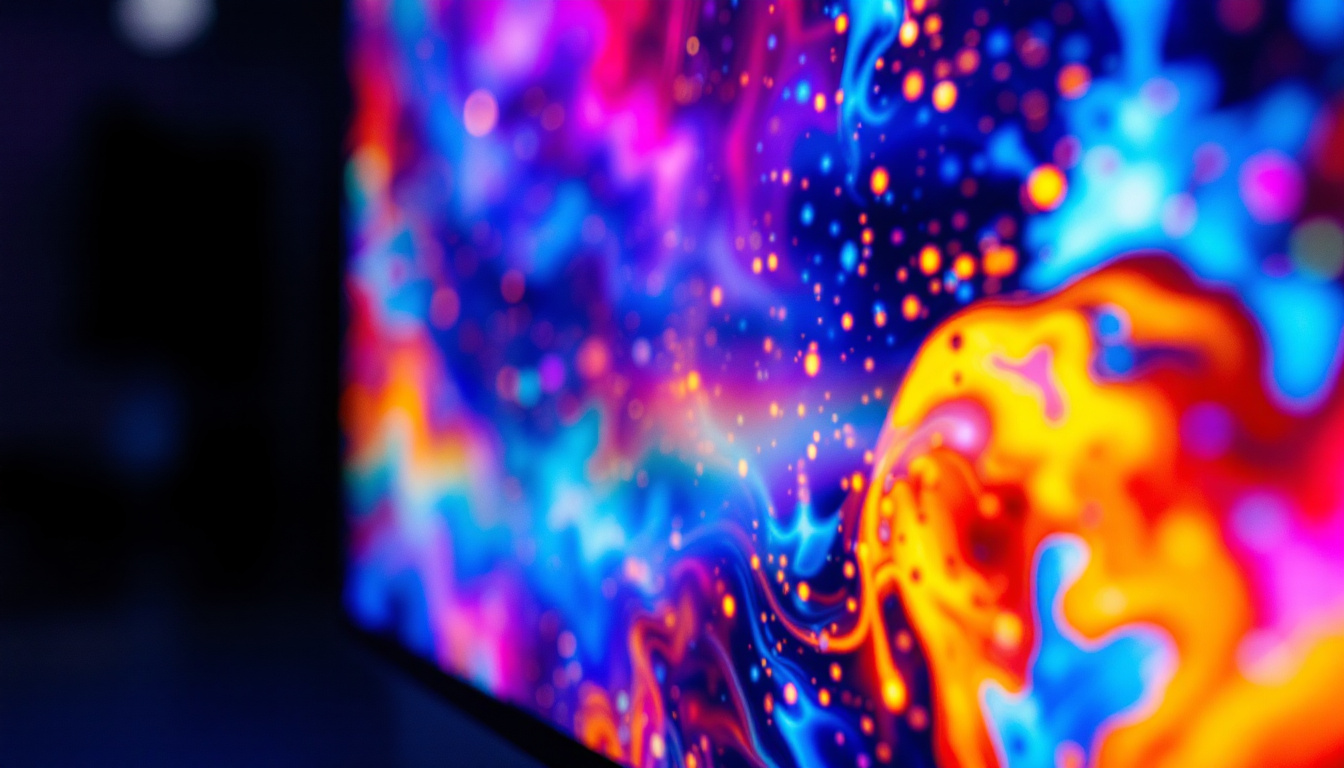The evolution of computer monitors has been a remarkable journey, transforming from bulky cathode ray tubes (CRTs) to sleek, modern displays. Among the latest innovations is the clear glass computer monitor, which utilizes LED technology to provide a stunning visual experience. This article delves into the intricacies of clear glass monitors, exploring their design, functionality, and the benefits they offer to users.
Understanding LED Technology
LED, or Light Emitting Diode, technology has revolutionized the way displays are designed and function. Unlike traditional LCDs that rely on fluorescent backlighting, LED displays use tiny diodes to emit light, resulting in brighter images and more vibrant colors. This shift not only improves the visual quality but also impacts how content is consumed across various devices, from televisions to smartphones, making it an essential component of modern technology.
The Basics of LED Displays
LED displays can be categorized into two main types: edge-lit and backlit. Edge-lit displays have LEDs positioned around the perimeter of the screen, while backlit displays have a grid of LEDs behind the screen. This distinction affects not only the brightness and color accuracy but also the thickness and design of the monitor. For instance, edge-lit displays tend to be slimmer and more lightweight, making them ideal for sleek designs in portable devices, while backlit displays often provide superior uniformity in brightness across the screen, which is particularly beneficial for larger screens.
One of the key advantages of LED technology is its energy efficiency. LED monitors consume significantly less power compared to their LCD counterparts, making them an environmentally friendly choice. Additionally, they have a longer lifespan, which translates to fewer replacements and less electronic waste. This energy efficiency is not only beneficial for consumers looking to reduce their electricity bills but also plays a significant role in reducing the carbon footprint associated with electronic devices, contributing to a more sustainable future.
Color Accuracy and Contrast
Color accuracy is crucial for professionals in fields such as graphic design, photography, and video editing. LED displays excel in this area, offering a wider color gamut and better contrast ratios. This means that users can expect more realistic colors and deeper blacks, enhancing the overall viewing experience. The precision in color reproduction allows artists and designers to work with confidence, knowing that what they see on the screen closely matches the final output, whether it be in print or digital formats.
Furthermore, the ability of LED displays to produce high dynamic range (HDR) content allows for a more immersive experience. HDR technology enhances the contrast between the darkest and brightest parts of an image, resulting in a more lifelike representation of visuals. This capability is particularly evident in cinematic experiences, where HDR can transform a standard viewing session into a breathtaking journey through vivid landscapes and intricate details. The combination of bright highlights and deep shadows creates a depth that draws viewers into the narrative, making LED displays a preferred choice for home theaters and gaming setups alike. As HDR content becomes more prevalent, the demand for high-quality LED displays continues to rise, further solidifying their place in the market.
The Design of Clear Glass Monitors
Clear glass monitors are a striking departure from traditional monitor designs. Their minimalist aesthetic not only enhances the visual appeal of a workspace but also reflects a modern approach to technology. The use of glass in monitor design is not merely for aesthetics; it also serves functional purposes.
Transparency and Aesthetics
The transparent nature of clear glass monitors allows for a unique blend of form and function. Users can enjoy a sleek and modern look while maintaining a sense of openness in their workspace. This design choice is particularly appealing for those who value aesthetics and wish to create a contemporary environment.
Moreover, the glass surface can be treated with anti-glare coatings to reduce reflections and improve visibility. This ensures that users can work comfortably without distractions, even in brightly lit environments.
Durability and Maintenance
While glass may seem fragile, advancements in technology have led to the development of durable glass materials that can withstand everyday use. Clear glass monitors are often made from tempered glass, which is resistant to scratches and impacts. This durability is essential for maintaining the monitor’s pristine appearance over time.
Maintenance is also simplified with clear glass monitors. The smooth surface is easy to clean, allowing users to maintain a clear and unobstructed view. Regular cleaning with appropriate materials ensures that the monitor remains in optimal condition, enhancing longevity.
Benefits of Clear Glass Monitors
Clear glass monitors offer a myriad of benefits that cater to various user needs. From enhanced visual experiences to improved workspace aesthetics, these monitors are becoming increasingly popular among consumers and professionals alike.
Enhanced Visual Experience
One of the most significant advantages of clear glass monitors is the enhanced visual experience they provide. The combination of LED technology and a transparent surface creates a stunning display that captivates users. The clarity and vibrancy of colors are particularly beneficial for creative professionals who rely on accurate color representation.
Additionally, the wide viewing angles of LED displays ensure that images remain consistent and vibrant, regardless of the viewer’s position. This feature is particularly advantageous in collaborative environments where multiple people may be viewing the screen simultaneously.
Space-Saving Design
In an era where workspace efficiency is paramount, clear glass monitors stand out with their space-saving design. Their slim profiles and minimalist aesthetics allow for more flexible placement options, making them ideal for small offices or home setups.
Moreover, the transparency of the glass can create an illusion of more space, making the workspace feel less cluttered. This can lead to increased productivity and a more enjoyable working environment, as users are less likely to feel overwhelmed by their surroundings.
Applications of Clear Glass Monitors
Clear glass monitors are not limited to personal use; they have found applications in various industries. Their unique features make them suitable for a range of settings, from corporate offices to retail environments.
Corporate and Professional Use
In corporate settings, clear glass monitors can enhance presentations and meetings. Their sleek design and vibrant displays make them ideal for showcasing data, graphics, and videos. The ability to connect multiple devices seamlessly further enhances their usability in professional environments.
Additionally, professionals in design and creative fields benefit from the color accuracy and clarity that clear glass monitors provide. Whether it’s for graphic design, video editing, or photography, these monitors offer the tools needed for high-quality work.
Retail and Advertising
In retail environments, clear glass monitors can serve as eye-catching displays for advertising and product promotion. Their modern design can attract customers, while the high-quality visuals can effectively showcase products. This innovative approach to advertising can significantly enhance customer engagement and drive sales.
Furthermore, interactive clear glass monitors can be used in digital signage, allowing customers to engage with content in a dynamic way. This interactivity can create memorable experiences that encourage customers to return.
Challenges and Considerations
While clear glass monitors offer numerous advantages, they are not without challenges. Understanding these potential drawbacks is essential for making informed purchasing decisions.
Cost Considerations
One of the primary challenges associated with clear glass monitors is their cost. The advanced technology and materials used in their construction often lead to higher price points compared to traditional monitors. Consumers must weigh the benefits against the investment required.
However, it is essential to consider the long-term value that clear glass monitors can provide. Their durability, energy efficiency, and enhanced visual experience may justify the initial expense for many users.
Potential Glare Issues
Despite advancements in anti-glare technology, clear glass monitors can still be susceptible to glare, particularly in brightly lit environments. Users may need to consider their workspace lighting and positioning to minimize reflections that could hinder visibility.
In some cases, using adjustable monitor arms or positioning the monitor strategically can help mitigate glare issues, ensuring that users can enjoy the full benefits of their clear glass monitors.
Future of Clear Glass Monitors
The future of clear glass monitors appears promising as technology continues to advance. Innovations in display technology, materials, and design are likely to enhance the capabilities and appeal of these monitors.
Integration with Smart Technology
As smart technology becomes more prevalent, the integration of clear glass monitors with smart systems is likely to increase. This could include features such as voice control, touch interfaces, and connectivity with other smart devices, creating a seamless user experience.
Such advancements would not only enhance functionality but also position clear glass monitors as central hubs in smart homes and offices, further solidifying their place in modern technology.
Environmental Considerations
With growing awareness of environmental issues, manufacturers are likely to focus on sustainability in the production of clear glass monitors. This could involve using recycled materials, reducing energy consumption, and improving the recyclability of products at the end of their lifecycle.
As consumers become more environmentally conscious, the demand for sustainable technology solutions will likely shape the future landscape of clear glass monitors.
Conclusion
Clear glass computer monitors represent a significant advancement in display technology, combining aesthetic appeal with high-performance features. Their use of LED technology enhances color accuracy, contrast, and energy efficiency, making them an attractive option for a wide range of users.
While challenges such as cost and glare may exist, the benefits of clear glass monitors often outweigh these drawbacks. As technology continues to evolve, the future of clear glass monitors looks bright, promising even more innovative features and applications.
In a world where visual clarity and design are paramount, clear glass monitors stand at the forefront of modern technology, redefining the way users interact with their digital environments.
Discover the Future of Display Technology with LumenMatrix
Ready to elevate your visual experience and workspace aesthetics with the latest in LED display technology? LumenMatrix is at the cutting edge, offering a diverse range of LED display solutions that cater to your every need. From the immersive Indoor LED Wall Display to the dynamic Outdoor LED Wall Display, and from the versatile Vehicle LED Display to the innovative Custom LED Display options, LumenMatrix has it all. Embrace the future of clear glass monitors and transform your visual communication. Check out LumenMatrix LED Display Solutions today and see your world in a new light.

